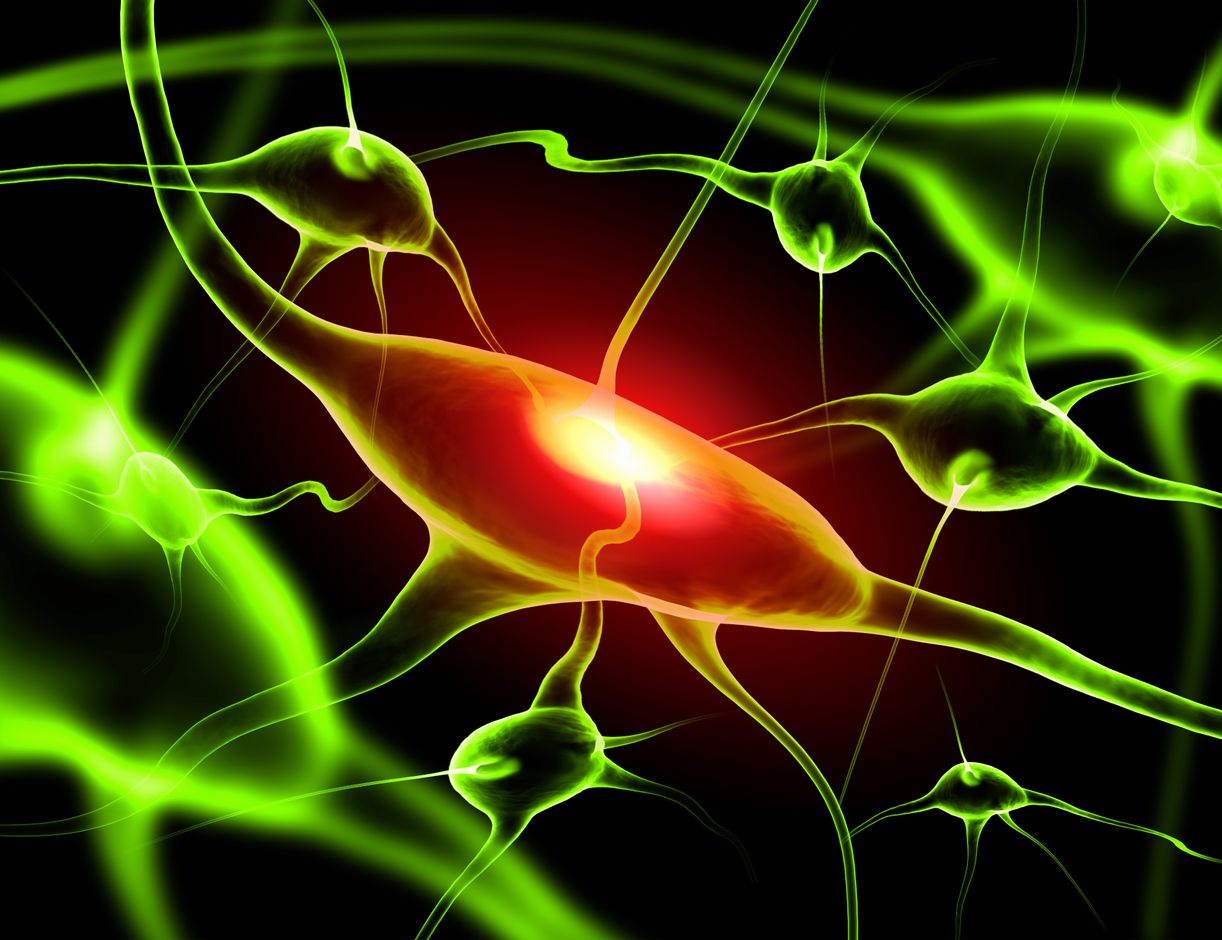Fever
fever eliminates toxins
fever is a powerful medicine bestowed by nature
The Recovery Cabin artificially induces fever. This is done in several stages to make the process as natural as possible. Initially, the detoxifying organs are activated with a choroid. After this, blood circulation and lungs are stimulated in the recovery process.
Besides recovery, the Recovery Cabin can also be used preventively to maintain health, among other things. Think also, for example, of preparation prior to an operation to optimise our detoxifying organs and temperature regulation (hormones).

What is fever?
"Fever is simply an expression of the intensified burning of bad substances, of toxins that have entered the bloodstream. Fever performs a beneficial task by neutralising the toxic substances. This is a perfect feat of defence of the metabolism that we cannot do without, because then the decomposing substances could not be addressed and eliminated through the excretory organs." Dr Paul Carton (1875-1947)
The beneficial effects created by Recovery Cabin created fever are:
- Fever burns toxins.
- Fever eliminates toxins.
- Fever weakens microbes through heat.
- Fever stimulates and strengthens the immune system.
- Fever accelerates the transport of lymphocytes to the site of infection.
- Fever stimulates basic metabolism.
- Fever purifies the BBRS.
- Fever resets your core temperature (hormones).
Fever is often seen as something bad that needs to be controlled. In reality, fever is the result of the body's attempt to defend itself against infection or poisoning.
The organs involved in the defence system then work harder, generating extra heat and causing the body temperature to rise. This is a completely natural process. When we try to suppress the rise in temperature, we oppose the defence process and thwart the healing efforts available to nature.
chronic symptoms and fever
A chronically ill person, who lacks vitality and whose organism has very little strength to fight the battle, will also show only a slight reaction of the immune system.
This also explains the fact that children can have high fevers, while this is much less the case in old or sick people. After all, children still have plenty of all their vitality, while the elderly and sick have usually lost some of it.
The level and duration of fever attacks also depends on the degree of danger of the infection and which organ is overloaded. The repair of lung tissue, for example, needs a high fever temperature. Hence, when pneumonia strikes, people with poor health are in mortal danger.
core temperature
Humans are called homeothermic, which means that body temperature always remains approximately the same and not vary with time or with changes in atmospheric conditions. Whether winter or summer, whether living in the desert or the far north, humans always maintain a body temperature of 37°C. This is the core temperature (inside the body) and not the surface temperature of 36.5°C measured via a thermometer in the armpit.
A well-known example of an animal whose body temperature varies according to a change in climatic conditions is the lizard. When this animal stretches out on a rock in the sun in summer, its body temperature rises above 40°C. During the cold season, on the other hand, it drops to 20°C, 10°C or 5°C, depending on the temperature of the environment. Since the speed of the animal's metabolism depends on its internal temperature, in summer the lizard is able to scurry away like lightning if we were to approach it. When it is cold, it moves so slowly that we can catch it without difficulty.
In humans, this is also noticeable, except that we can influence body temperature ourselves. Consider, for example, the necessary warm-up before a sports performance. If you are too cold, you are as slow as a snail. The fact that humans are able to produce the necessary heat to maintain body temperature offers homeothermic creatures - and thus humans - remarkable freedom and independence. Whatever the ambient temperature, people can keep moving, go about their daily business and protect themselves from dangers.
the generation of heat in our bodies
Our body heat is generated in different ways. The most well-known are physical activity and digestion.
With muscle movements, heat is produced. In the body, to this produced heat is added the heat from the "burning" of sugars in the muscles. By "combustion" is meant the conversion of sugars into - for the muscles - usable energy. In this way, every physical activity -walking, carrying, working, speaking- generates heat. Breathing also contributes to heat production, as the constantly successive movements of the chest during inhalation and exhalation are triggered by different muscles.
Digestive processes also supply heat to the body. On the one hand, this happens because the functioning of a whole range of organs-the stomach, liver, pancreas and intestines-releases heat. On the other hand, nutrients themselves also produce heat. The substances they are composed of can be converted into heat energy when "burned" by the body. Moreover, hot food eaten transfers its own heat to the body. Proper heat balance in the body ensures optimal digestion. The Recovery Cabin supports optimal digestion and this will reduce your weight.
Even without any movement or digestion taking place, as is the case when we sleep at night, our bodies still produce heat. This heat comes from the action - albeit at a slowed rate - of the billions of cells that make up our organism, which are busy at night to keep breathing and circulation going. This minimum activity is called basic metabolism .
heat loss
Against heat production is heat loss. The latter occurs constantly because we live in an environment that often has a lower temperature than our own. Our bodies inevitably lose heat to the environment. Even if, depending on the season, we dress more or less 'warm'.
Different types of fever
Fever is a reaction of the defence mechanism facing an attack on the organism. However, this reaction does not always occur in the same way. In general, fever will be more intense in a vital person than in a less vital person. In other words, the reaction of the immune system will be stronger in someone who has a lot of strength to endure the fever.
recovery cabin changes core temperature regulation
When excessive heat loss occurs, the body has several means to correct this situation quickly. For a short duration, the body surface can be warmed by muscles raising hairs on the skin.
Although very small, they are very numerous and produce a certain amount of heat at the skin surface. The contraction of these little muscles causes 'goose bumps'. Shivering, trembling of the limbs and teeth chattering - characteristic defence mechanisms in cold - also contribute to maintaining body temperature through the heat they produce.
However, these various sources of heat generation work only superficially. A more powerful defence mechanism can also be called upon: the acceleration of metabolic processes. As the heart rate is increased and breathing deepens, combustion processes are accelerated and the organism is supplied with additional heat. This acceleration of metabolism occurs through the nervous and endocrine systems, particularly thanks to the thyroid and adrenal glands. This mechanism can be triggered at any time, adjusting its intensity to its needs and stopping its action as soon as it is no longer needed. The main regulator of these processes is the hypothalamus.
the causes of fever
The causes of fever are numerous.
The best known is infection by microbes. When bacteria, viruses, fungi or parasites enter our bodies, numerous diseases can develop. Other causes of fever include poisonings, contact with allergens in susceptible individuals. Sometimes fever arises due to overfeeding or physical exhaustion.
What is the common feature of these different causes?
Microbes, toxins, allergens and the like pose a threat to the proper functioning of our organism and hence our survival. However different they are, they all oblige the body to react to protect itself from their negative influence. The reaction of the body's immune system is mainly aimed at reversing the impending danger and removing the harmful cause.
Choose the programme that suits you
Do you regularly have a temperature, fever or bleeding gums? Probably there is an infection somewhere in your body. If so, choose the DETOX programme in the Recovery Cabin first.
Each programme is put together with care and has its own structure and specific operation. Sometimes expertise is required. Headaches or raised blood pressure may have as an underlying cause excessive fluid retention due to a forgotten infection. So feel free to ask for expert advice....
With each programme, we see the following improvements reflected: better and deeper sleep patterns, deeper breathing, a change in your posture because je steviger op je benen staat en veel meer in het hier en nu leeft.

